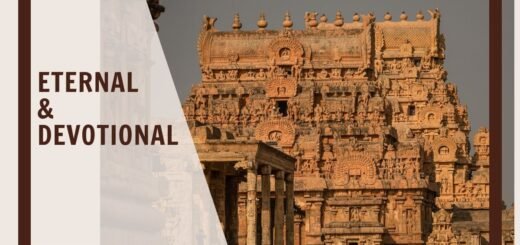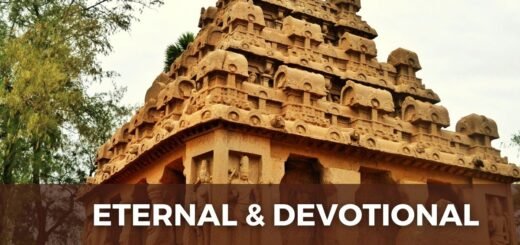Panch Kedar Kalpeshwar Mandir History Significance
Know the details about Panch Kedar Kalpeshwar Mandir History Significance, Kalpanath Mandir timings history, and significance, Kalpanath Mandir route map
The Kalpeshwar Temple, often referred to as the Kalpnath Temple, is the fifth and last of the Panch Kedar temples. It can be found in the Garhwal area of Uttarakhand. Before going to the Kalpeshwar Temple, one must first pay their respects at Kedarnath, Tungnath, Rudranath, and Madhyamaheshwar in that sequence. See below to get the details about Panch Kedar Kalpeshwar Mandir History Significance
Click here to get Panch Kedar Lord Shiva Stuti Lyrics
Click here to get Tungnath Temple Opening Dates In 2023
Panch Kedar Kalpeshwar Mandir History Significance
One of the five Panch Kedar temples, Kalpeshwar is the only one that is open all 12 months of the year. The Kalpeshwar temple is a modest structure, and in order for worshipers to access the temple’s primary deity, they are required to go through a cave. Many people believe that Shri Adi Shankaracharya was the one who came up with the poojas and other rituals that are performed at the Panch Kedar temples.
Additionally, he was the one who was in charge of appointing the priests at these temples. It is included in the 4 Dham Yatra Package that travelers take inside the state of Uttarakhand. It is said that Adi Shankaracharya was the one who appointed the priests at all five of the Panch Kedar temples as well as devised the poojas and rituals that are performed there.
These Dasnamis and Gossains, who are pupils of Adi Shankaracharya and are from the southern region of India, are the priests that serve at this temple. The Namboodiri Brahmin sect, who worship at Badrinath and Kedarnath, are from Kerala. The Jangamas and Lingayats, who are from Mysore, belong to the Adi Shankaracharya group. The Dasnami Gossains, who are from Gujarat, are Dasnami Gossains.
Click here to get the Kalpeshwar Temple location route map guide
Panch Kedar Kalpeshwar Mandir History Significance
What is the history of Kalpeshwar Temple?
The legendary tale of the Mahabharata is intertwined with the history of the Kalpeshwar Temple and its mythical origins. Vyas Rishi informed the Pandavas that they were responsible for the deaths of their own brothers as a result of the conflict and that the only way for their crimes to be forgiven was if Lord Shiva pardoned them.
They began their journey by going to Kashi, also known as Varanasi, which is supposed to be Shiva’s favorite city and is famous for the Kashi Vishwanath temple. However, Lord Shiva desired to keep his distance from them since he was incensed by the dishonesty and bloodshed that characterized the conflict in Kurukshetra. As a result, he transformed himself into the bull Nandi and concealed himself in the Garhwal region.
After searching Varanasi without success, the five brothers traveled to the Garhwal Himalayas in search of Lord Shiva. Bhima, the second of the five Pandava brothers, started his search for Shiva when he was standing in between two mountains. Near Guptakashi (also known as “Hidden Kashi”), he saw a bull grazing.
Panch Kedar Kalpeshwar Mandir History Significance
Bhima understood without a moment’s hesitation that the bull was indeed Lord Shiva. Bhima took hold of the bull by its tail as well as its rear legs. However, the bull was seen to vanish under the earth before reappearing in five different locations: the arms surfaced in Tungnath, the face in Rudranath, the Nabhi (belly button) and stomach in Madhyamaheshwar, and the hair in Kalpeshwar.
The Pandavas, overjoyed by the fact that Lord Shiva had reappeared in five distinct forms, constructed temples to honor him in each of the five locations. As a result, the Pandavas were absolved of their wrongdoings. It is also believed that pieces of Shiva’s front emerged at the Doleshwor Mahadeva temple, which is located in the Bhaktapur area of Nepal.

